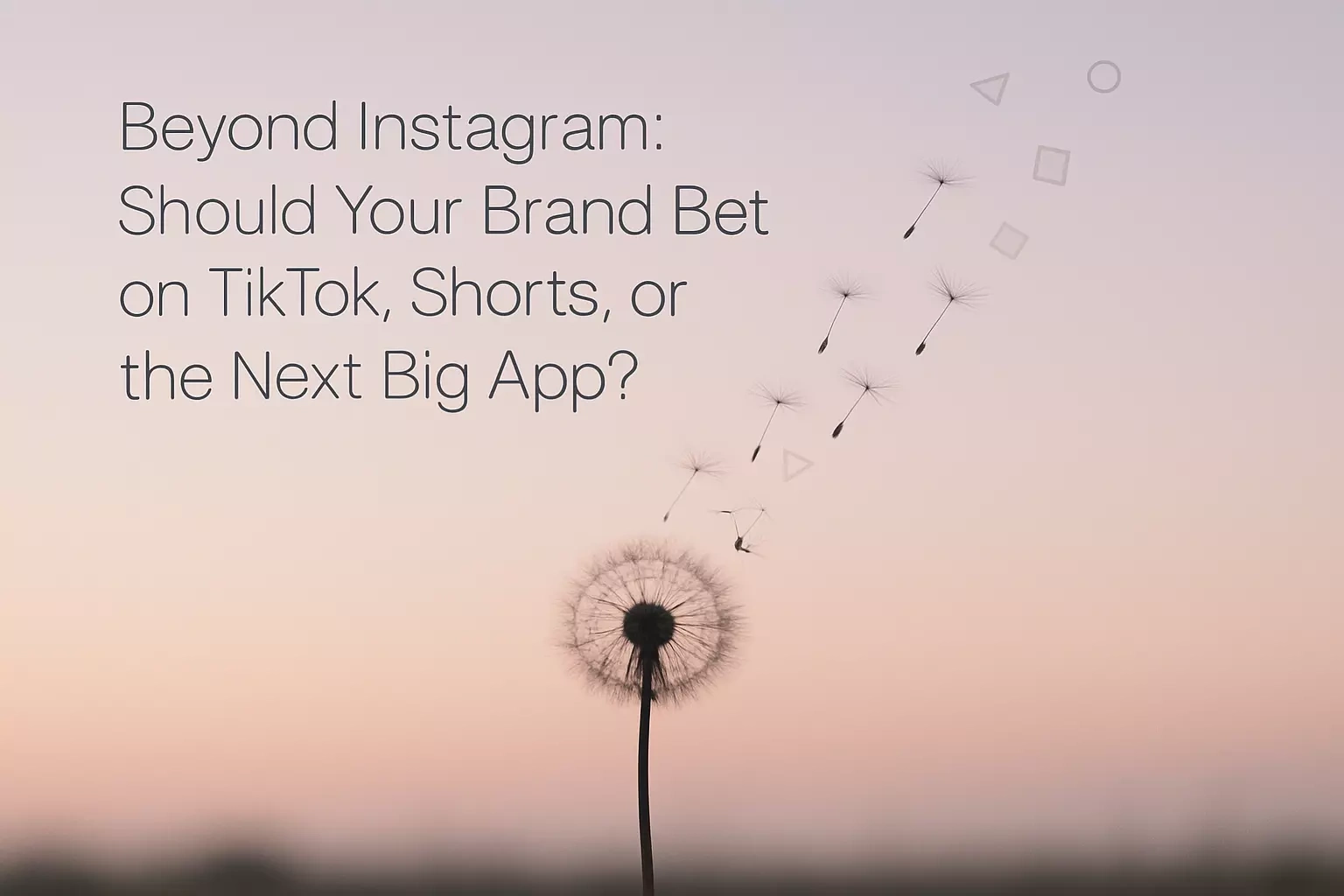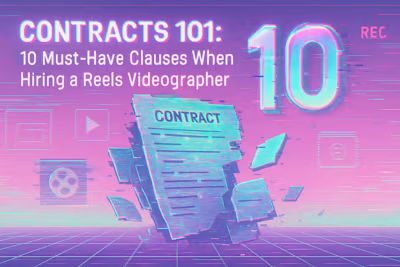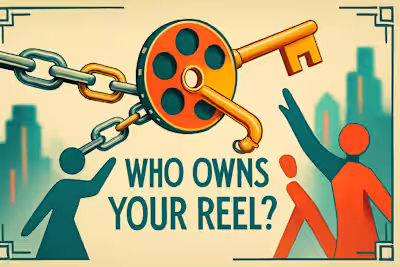Beyond Instagram: Should Your Brand Bet on TikTok, Shorts, or the Next Big App?

Beyond Instagram: Should Your Brand Bet on TikTok, Shorts, or the Next Big App?
The Contenders: A 2025 Snapshot
Instagram Reels: The Polished Powerhouse
TikTok: The Trendsetting Titan
YouTube Shorts: The SEO-Friendly Giant
Decoding the Demographics and User Behavior
Who Uses TikTok?
Who Uses Instagram Reels?
Who Uses YouTube Shorts?
Content Strategy: What Works Where?
Crafting Content for the TikTok Algorithm
Creating Aesthetically Pleasing Reels for Instagram
Leveraging Search Intent for YouTube Shorts
Building a Multi-Platform Strategy
When to Go All-In on One Platform
The Art of Repurposing Content Correctly
Measuring Success Across Channels
References
Beyond Instagram: Should Your Brand Bet on TikTok, Shorts, or the Next Big App?
The Contenders: A 2025 Snapshot
Instagram Reels: The Polished Powerhouse
TikTok: The Trendsetting Titan
YouTube Shorts: The SEO-Friendly Giant
Decoding the Demographics and User Behavior
Who Uses TikTok?
Who Uses Instagram Reels?
Who Uses YouTube Shorts?
Content Strategy: What Works Where?
Crafting Content for the TikTok Algorithm
Creating Aesthetically Pleasing Reels for Instagram
Leveraging Search Intent for YouTube Shorts
Building a Multi-Platform Strategy
When to Go All-In on One Platform
The Art of Repurposing Content Correctly
Measuring Success Across Channels
References
Posted Jun 30, 2025
Don't just default to Instagram. We compare TikTok, YouTube Shorts, and Reels to help you decide the best platform for your brand's short-form video strategy.










